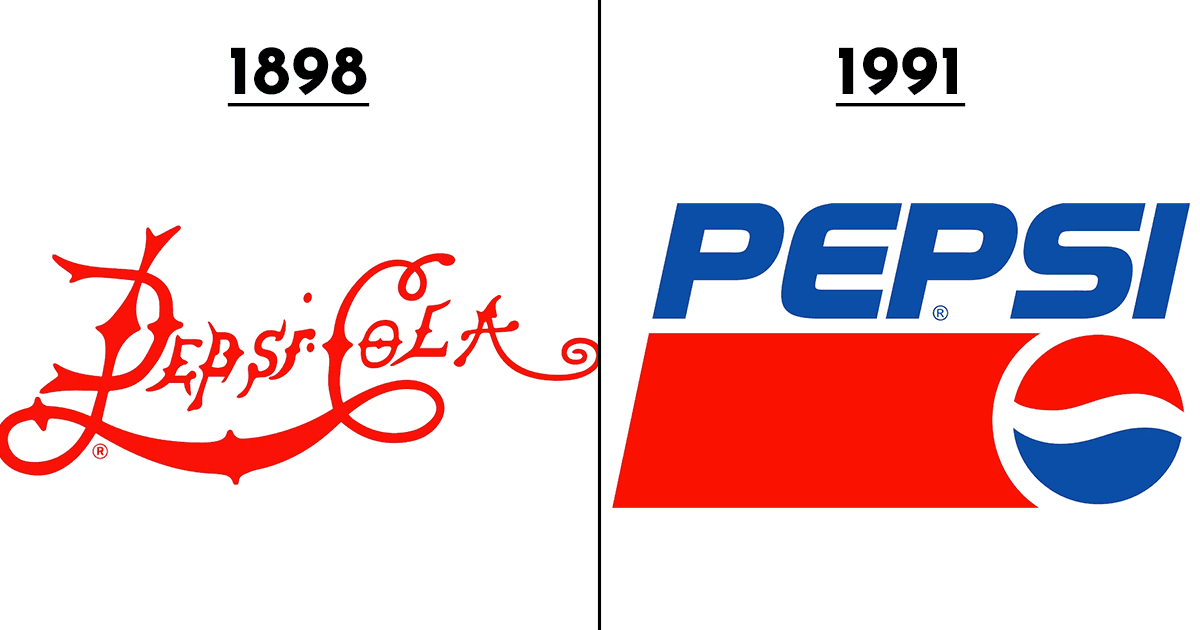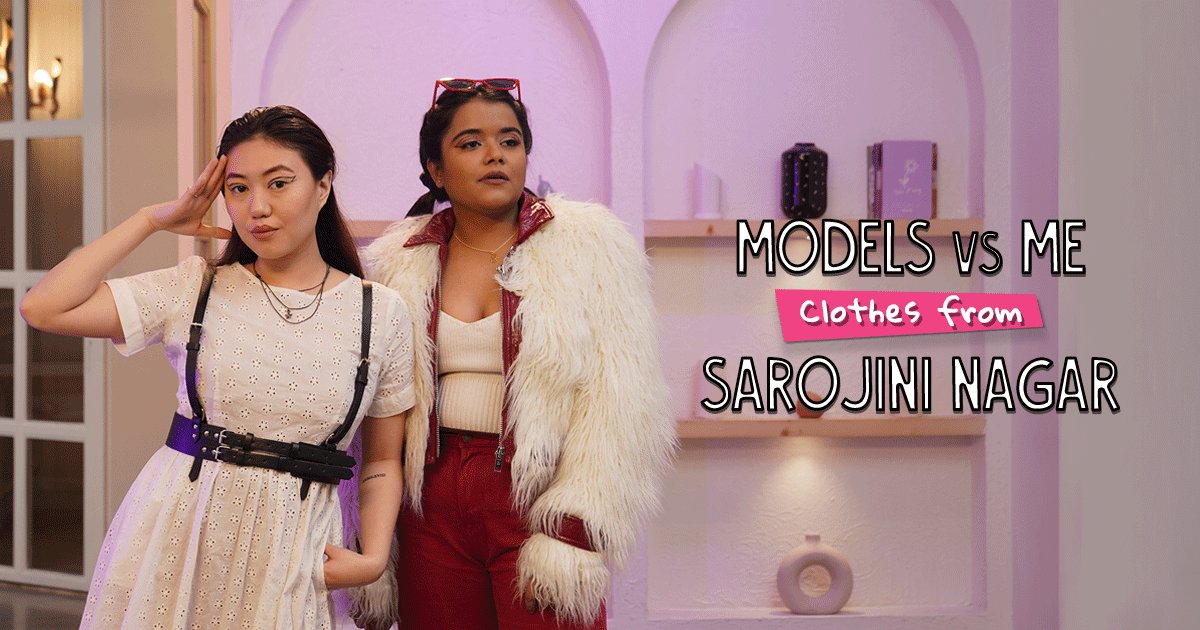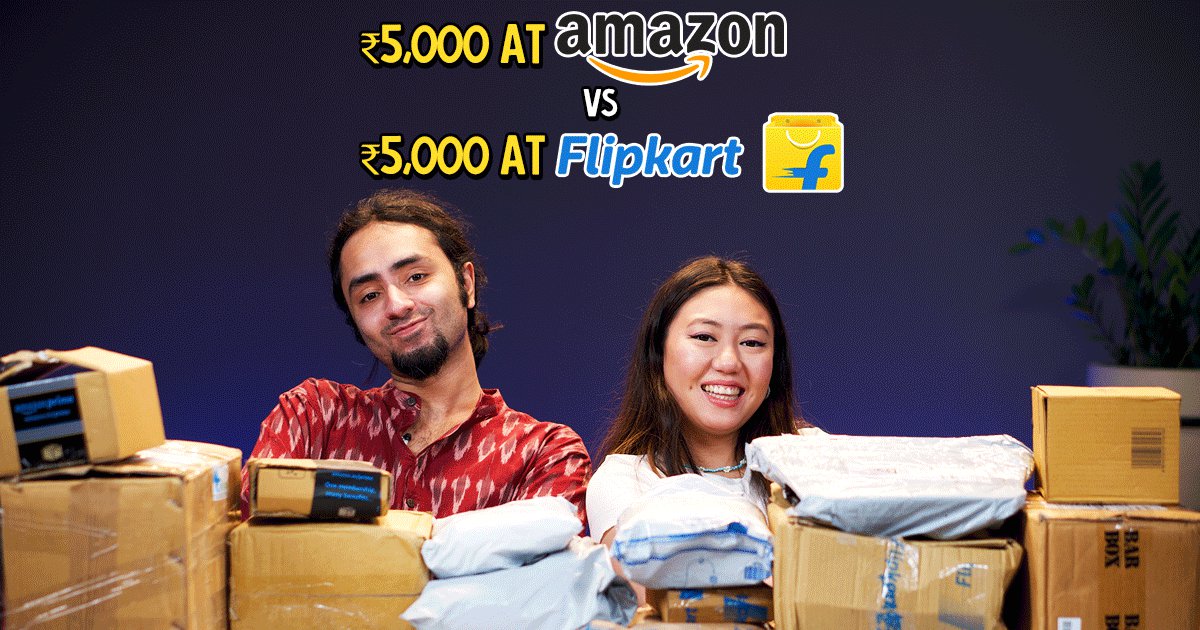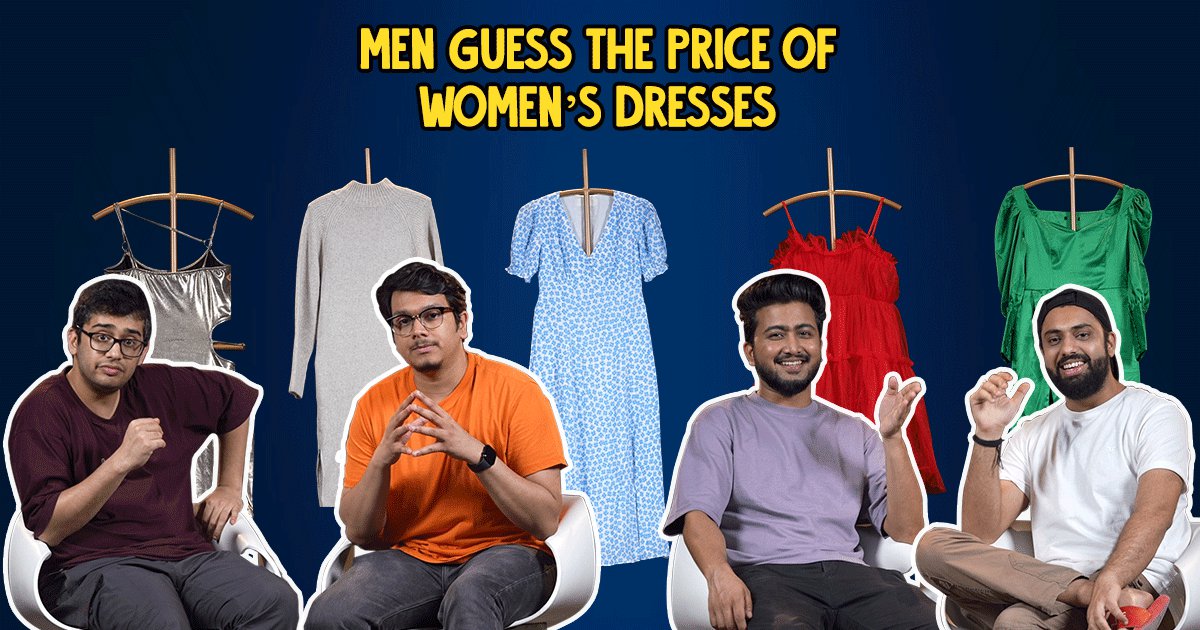Prada’s latest sandal launch has set the internet ablaze, and no, it’s not just your chacha on WhatsApp fuming. Their new design looks suspiciously like our OG Kolhapuri chappals, and desis online aren’t having it. Is this a global designer flexing cultural love or just another case of haute couture copy-pasting sudhar jao energy? Let’s break down this vibey “sandal scandal” and see what the fuss is all about, one chappal at a time.
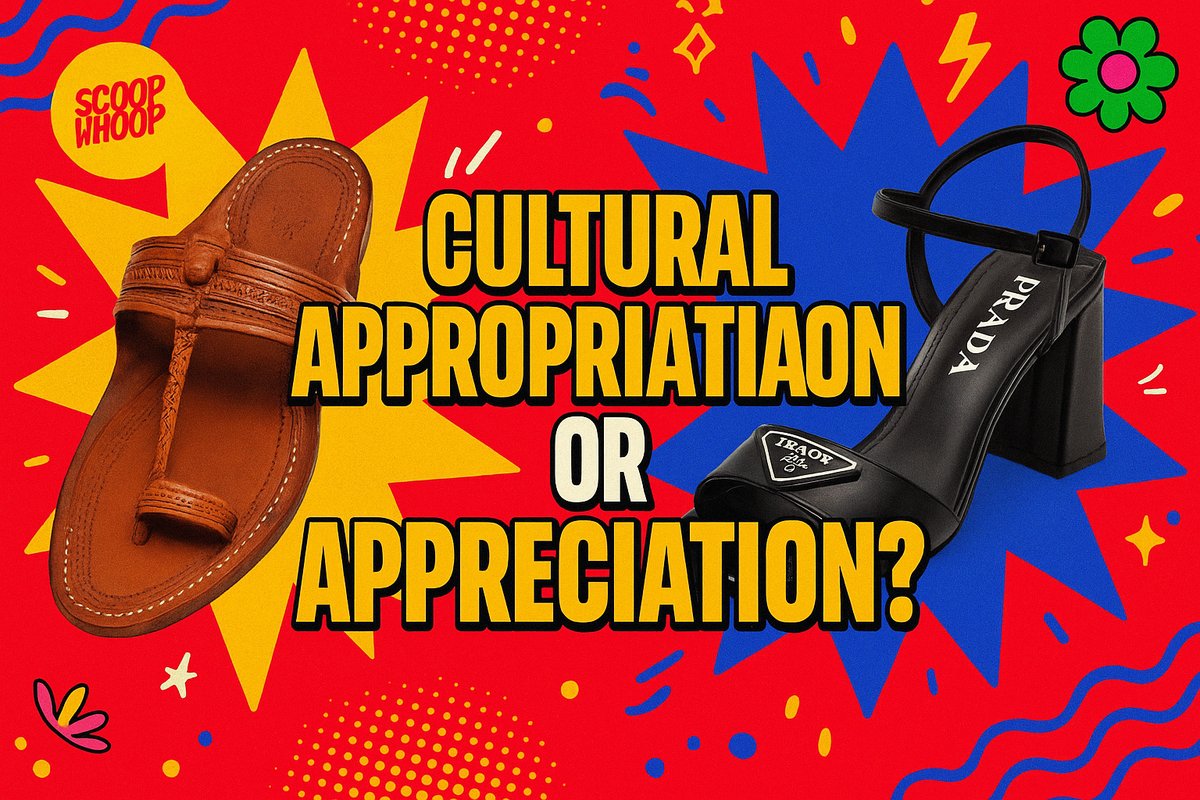
1. So, Here’s What Actually Went Down
Prada dropped their new sandal design at Milan Fashion Week and, plot twist, it looked like it just walked out of Laxmi Road, Kolhapur. Not a single shoutout to Indian inspiration in their initial press-mojo, though (awkward). Cue angry tweets and a storm of memes, desi netizens went full CID mode, and called out the brand for conveniently “forgetting” our crafts. Cut to a few days, Prada finally updated its story, crediting India’s iconic design and trying to fix what was already a full-blown PR lelo moment.
2. Kolhapuri Chappals: More Than Just Footwear
Listen, Kolhapuris are not just footwear; they’re a whole mood, a piece of history, and straight-up desi drip. Crafted since the 12th century, these sandals are handcrafted with love and have seen more generations than your favorite family soap. They finally got their Geographical Indication (GI) tag in 2019, making them legit icons of Maharashtra’s snazzy heritage. So when a designer acts and forgets where the swag came from, thoda outrage toh banta hai, right?
3. The Price Tag Paradox
Let’s talk money, honey. You can buy a legit pair of Kolhapuris from your local market for as little as ₹300 (maybe even get the shopkeeper to knock off fifty if you flex your best bargaining auntie moves). And then there’s Prada, slapping a ₹1.2 lakh price tag on a lookalike and calling it “fashion innovation”. For that money, you could fly to Kolhapur, buy dozens, and STILL have enough cash left for a vada pav party.
4. Cultural Appropriation vs. Appreciation
Here’s where things get real. Fashion keeps borrowing from cultures, and most of the time, it forgets to send a thank-you note. People are cool with inspiration, but when credit’s missing and artisans get sidelined (aka the real OGs), it’s just not on. This isn’t the first time a global brand has been caught playing “spot the difference” with indigenous designs. The least brands can do is give some love, respect, and actual collabs to the folks whose work they’re parading on runways.
So, what’s your take on this sandal scandal?







